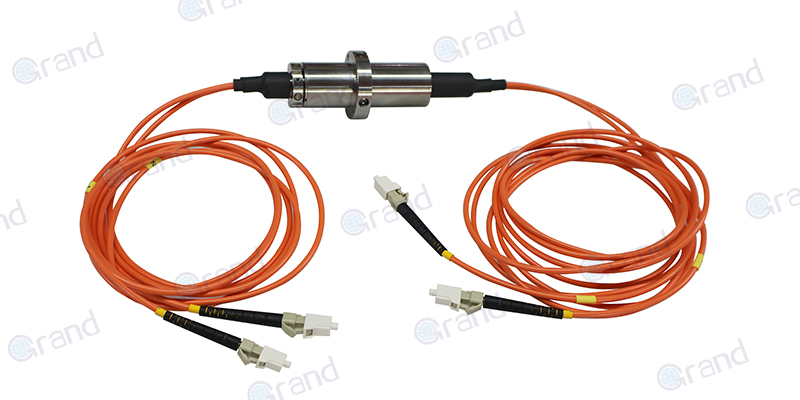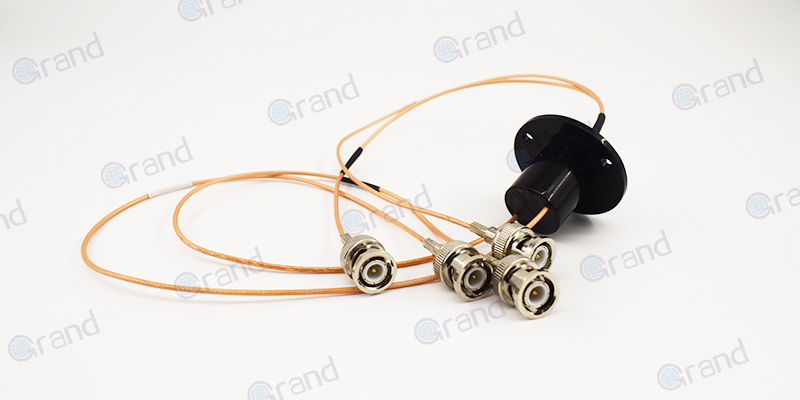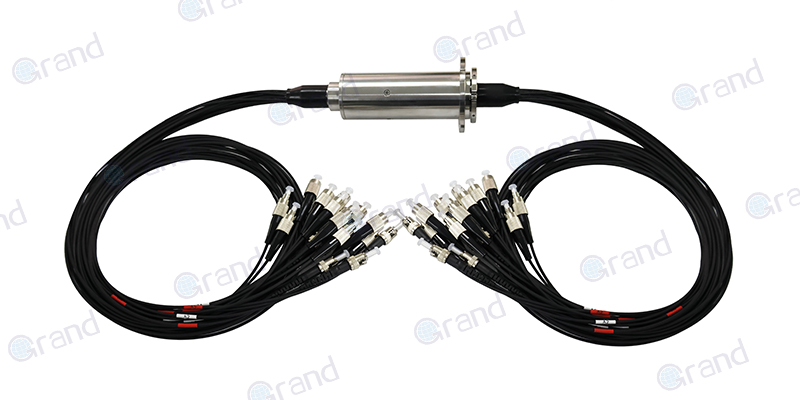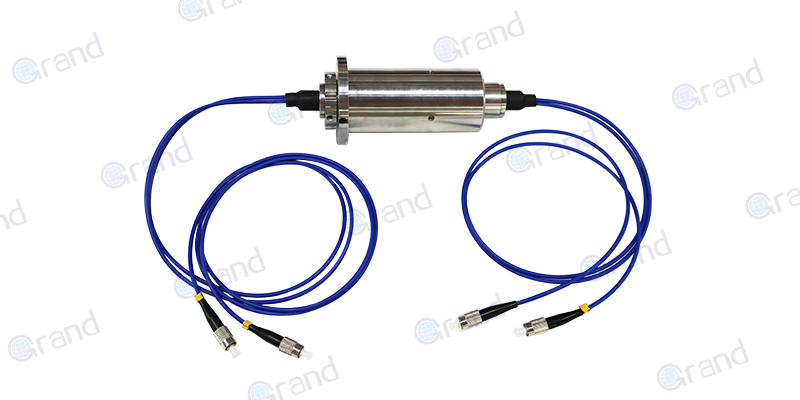Slip ring technology stands as the fundamental engineering breakthrough that unlocked the era of continuous rotation Computed Tomography (CT). By enabling the seamless transfer of power and data between the stationary and rotating components of the CT gantry, it eliminated the critical limitation of tangled cables that plagued early scanners. This innovation is the indispensable core technology that made spiral (or helical) CT scanning possible, revolutionizing medical imaging by allowing continuous table motion during gantry rotation, thereby enabling rapid volumetric 3D imaging of large anatomical regions.
Breaking the Rotation Barrier: From Stop-and-Start to Continuous Motion
The Problem (Cable Limitation): Early CT scanners (axial or “step-and-shoot” CT) were fundamentally constrained by physical cables connecting the rotating gantry (housing the X-ray tube and detectors) to the stationary frame. After each 360° rotation (or partial rotation), the gantry had to stop, reverse direction, or unwind the cables. This stop-and-start motion severely limited scan speed, increased examination time, and restricted anatomical coverage per scan. Crucially, it prevented continuous scanning while moving the patient table.
The Solution (Slip Rings): Slip ring technology replaced these restrictive cables. It employs a set of concentric, precision-engineered conductive rings mounted on the rotating part of the gantry. Stationary electrical brushes (typically made of durable, low-resistance materials like silver-graphite) maintain constant sliding contact with these rings as the gantry spins.
The Enabling Function: This contact interface provides the continuous electrical pathway needed to:
Transmit High Power: Deliver the kilovolt (kV) level electrical power required to operate the X-ray tube.
Transfer High-Speed Data: Transmit the massive volume of raw data generated by the detector array (reaching gigabytes per second in modern systems) back to the stationary reconstruction computers.
Exchange Control Signals: Send commands to control gantry rotation speed, collimator settings, tube timing, and other parameters.
The Revolutionary Outcome: By eliminating the need to stop for cable unwinding, slip rings enabled true 360°+ continuous gantry rotation. This was the critical prerequisite for helical scanning, where the patient table moves continuously through the rotating X-ray beam, tracing a helical (spiral) path relative to the patient. This became the bedrock of modern volumetric CT imaging.

Anatomy of a Slip Ring System: Precision Engineering for Critical Tasks
Slip ring systems are sophisticated multi-channel components designed for specific functions under demanding conditions:
Multi-Channel Design
High Voltage Current Slip Ring: Dedicated rings carry the high-current, kilovolt-level power (e.g., 80-140 kV) necessary to energize the X-ray tube. These require robust insulation and handling capabilities.
High-Speed Data Rings: Separate rings are optimized for transmitting the enormous digital data stream from the detector array to the data acquisition system (DAS). Bandwidths can reach GB/s to handle thousands of channels in modern multi-detector CT (MDCT) systems.
Control Signal Rings: These carry lower-power signals for controlling gantry functions: rotation speed and direction, collimator blade positions (defining slice thickness and beam shape), X-ray tube activation/deactivation timing, and communication with detector electronics.
Contact Technology – The Heart of Reliability
The rotary electrical connection relies on stationary brushes pressing against the rotating rings.
Brushes are precision-engineered, often from composite materials like silver-graphite, chosen for excellent conductivity, low friction, wear resistance, and stable contact under high rotational speeds (RPM).
Maintaining a low-resistance, stable electrical contact despite mechanical wear, vibration, and heat generation is paramount for consistent image quality and system longevity. Advanced materials and brush-spring designs ensure reliable performance over millions of rotations.

Transformative Advantages: Unleashing Spiral CT’s Power
The implementation of slip rings delivered profound advantages that directly addressed clinical limitations:
Uninterrupted Scanning & Rapid Coverage: Enables helical acquisition – the gantry rotates continuously while the patient table moves steadily. This allows scanning of large anatomical volumes (e.g., entire chest and abdomen) in a single, rapid acquisition, often achievable within one patient breath-hold. This dramatically reduces scan times compared to step-and-shoot axial CT.
True Volumetric 3D & 4D Imaging: Continuous data acquisition captures contiguous volumetric data along the patient’s axis. This enables:
High-Resolution Multiplanar Reconstructions (MPR): Creation of diagnostic-quality images in any plane (axial, sagittal, coronal, oblique) from the single volumetric dataset.
Advanced 3D Renderings: Techniques like Maximum Intensity Projection (MIP) and Volume Rendering Technique (VRT) for visualizing complex anatomy (e.g., vasculature, bones, organs).
Dynamic 4D Imaging: Adding the temporal dimension to 3D. This includes:
Perfusion CT: Mapping blood flow dynamics over time in tissues (brain, tumors, myocardium).
Gated Imaging (Cardiac/Lung): Synchronizing data acquisition with physiological motion (ECG for heart, respiratory signal for lungs) to capture specific phases of motion, effectively “freezing” it.
Significant Motion Artifact Reduction: Faster scan times inherently minimize blurring and artifacts caused by involuntary patient movement (swallowing, peristalsis, tremor) or inability to hold breath (critical in trauma, pediatrics, and critically ill patients).
Enhanced Temporal Resolution: Continuous rotation allows for faster gantry speeds (sub-second rotation times). This is vital for applications requiring precise timing snapshots, such as Cardiac CT Angiography (CCTA) to visualize moving coronary arteries and CT Fluoroscopy for real-time guidance during interventions.
Core Clinical Applications Enabled by Slip Ring Technology
The capabilities unlocked by slip rings underpin essential modern CT applications:
Helical/Spiral CT (The Standard): The foundation for virtually all routine and advanced CT scanning. Essential for:
Oncology: Rapid whole-body staging, lesion detection, and treatment monitoring.
Vascular Imaging: Basis for CT Angiography (CTA).
Trauma: Fast, comprehensive assessment of multi-region injuries (e.g., “pan-scan”).
Routine Diagnostics: Chest, abdomen, pelvis, musculoskeletal imaging.
Cardiac CT (CCTA): High-speed continuous rotation enabled by slip rings is essential for achieving the temporal resolution needed to image the beating heart, assessing coronary artery stenosis, plaque, valves, and cardiac function.
CT Angiography (CTA): Visualizes arterial and venous systems from the cerebral circulation to peripheral run-off vessels with high spatial resolution, enabled by rapid volumetric acquisition during contrast bolus.
4D CT & Gated Imaging:
Respiratory Gating/Tracking: Manages tumor/lung motion during radiotherapy planning or captures specific respiratory phases.
Cardiac Gating: Provides detailed imaging of specific heart phases (e.g., coronary artery assessment in diastole).
Perfusion Imaging: Quantifies tissue blood flow, blood volume, and permeability, critical for evaluating acute stroke, tumor angiogenesis, and myocardial ischemia.
CT Fluoroscopy: Provides real-time image guidance for minimally invasive procedures like biopsies, drainages, and pain management injections.

The Evolutionary Leap in CT History: From Slices to Volumes
Slip ring technology marked the single most critical technological transition in CT history during the early 1990s. It was the pivotal innovation that shifted CT from axial (step-and-shoot) scanning – acquiring individual slices with table increments between rotations – to spiral/helical scanning – acquiring continuous volumetric data during constant table motion. This breakthrough:
Unlocked Volumetric Imaging: Transformed CT from a 2D slice-based modality to a true 3D imaging powerhouse.
Paved the Way for Advanced CT: Directly enabled the development and success of:
Multi-Detector CT (MDCT): Increasing the number of detector rows required the high-speed data transfer capabilities of slip rings to handle the exponentially growing data load.
Dual-Source CT: Relies on two independent slip-ring systems for two X-ray tubes/detectors.
Spectral (Dual-Energy) CT: Often implemented via rapid kV switching or dual-source techniques, both heavily dependent on continuous rotation.
Transformed Diagnostic Capability: Moved CT beyond purely anatomical imaging into the realms of dynamic, functional, and quantitative 3D/4D imaging.
Conclusion & Future Outlook: The Indispensable Enabler
Slip rings remain the unsung heroes and indispensable mechanical-electrical engines powering modern spiral CT scanners. While research explores contactless alternatives like optical data transmission (LiDAR-like) and inductive/wireless power transfer, particularly for pushing gantry rotation speeds to extreme limits (e.g., for ultra-high-resolution cardiac or photon-counting CT), traditional slip rings continue to dominate clinical practice. Their proven robustness, reliability, and cost-effectiveness in handling the demanding requirements of high-power transmission and massive data transfer in a clinical setting are unmatched for most systems. Their core function – enabling continuous, unrestricted gantry rotation – remains the absolute cornerstone technology for rapid, high-quality, and versatile volumetric CT imaging that defines modern diagnostic radiology. Slip ring technology truly ignited the continuous scanning revolution.
See What We Can Do

